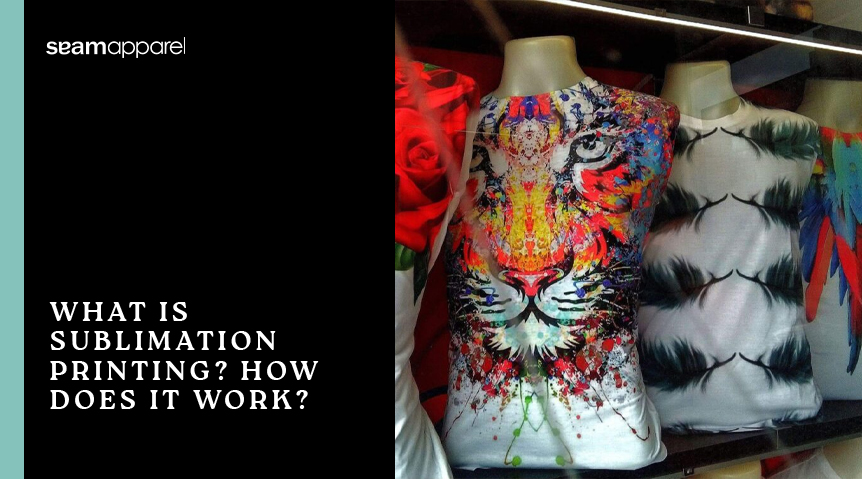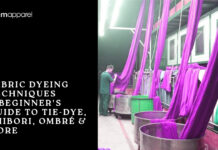A definition of Sublimation Printing: Sublimation printing also referred to as “dye-sub” and “dye sublimation print,” is a versatile digital printing technique that supports the creativity and output of textile designers. The sublimation printing procedure involves applying sublimation dyes to a medium with sublimation printer uses expressly created for the purpose.
Once the dye has been applied to the medium, it is transferred to a heated item or piece of cloth and pressurized using a professional heat press.
Sublimation printing can be used to design any item or garment having a polyester foundation or coating. The dye on the medium sublimates, or changes into a gas, under pressure and heat. The polyester then absorbs it and reflects the pattern.


The printing process used for sublimation is the best because it leaves no cracks or fading on the fabric. These patterns have a soft texture and are also quite light in weight. Because the method uses heat-sensitive inks, the print on sublimation clothing maintains its vibrancy even after numerous washes.
A dye sublimation printing service is the solution if you want to print on mugs, license plates, and other common hard surface goods!
What Does Sublimation Printing Mean?
The Latin root of the term “sublimate” means “to raise, lift, or exalt.” Sublimation is the technical word for any mass transfer process where a solid substance changes from its solid phase to its gaseous phase without first going through an intermediary liquid phase. Since vapor is usually involved in sublimation transfer, the word “lifting” is pertinent here. In addition to sublimation printing, freeze-drying is another frequently used sublimation procedure.
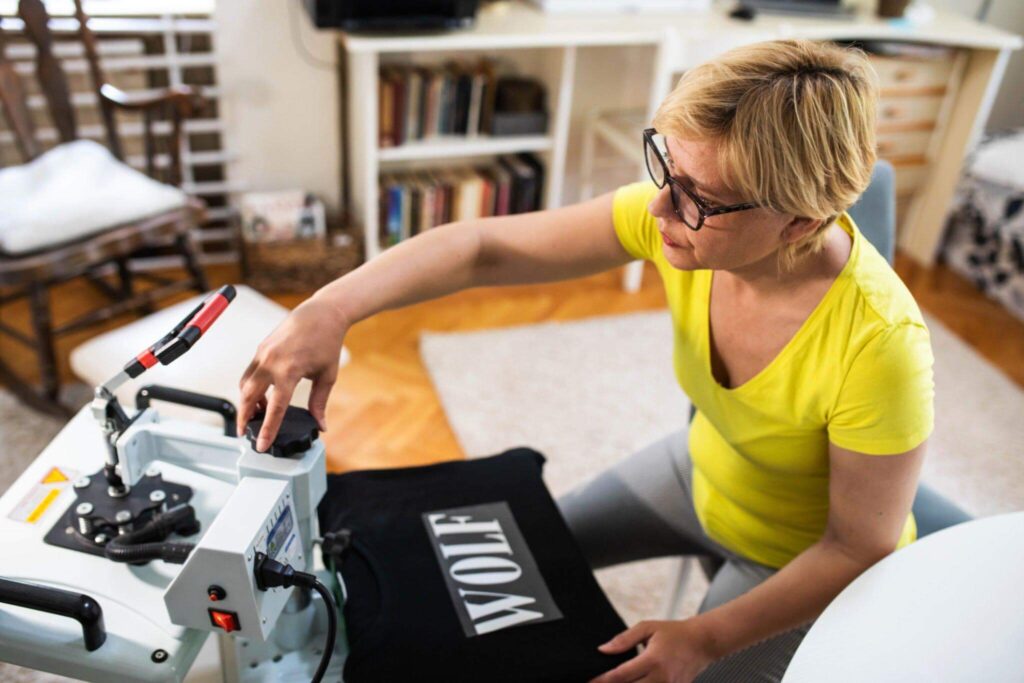

The method of dye sublimation is pretty straightforward. It is a technique that uses three major components—sublimation ink, heat, and pressure—to transfer an image to specially coated ceramics, metals, and polyester fabric.
The following are some benefits of sublimation printing:
- Screen installation is free.
- No minimums (depending on the producer)
- Panel prints are easier to create because of the tiny press equipment.
- You may produce prints with a lot of detail.
How Does Sublimation Printing Work?
It is a printing technique that uses heat and ink to embed a design into a surface or cloth. You will learn how to do sublimation printing with its advantages.
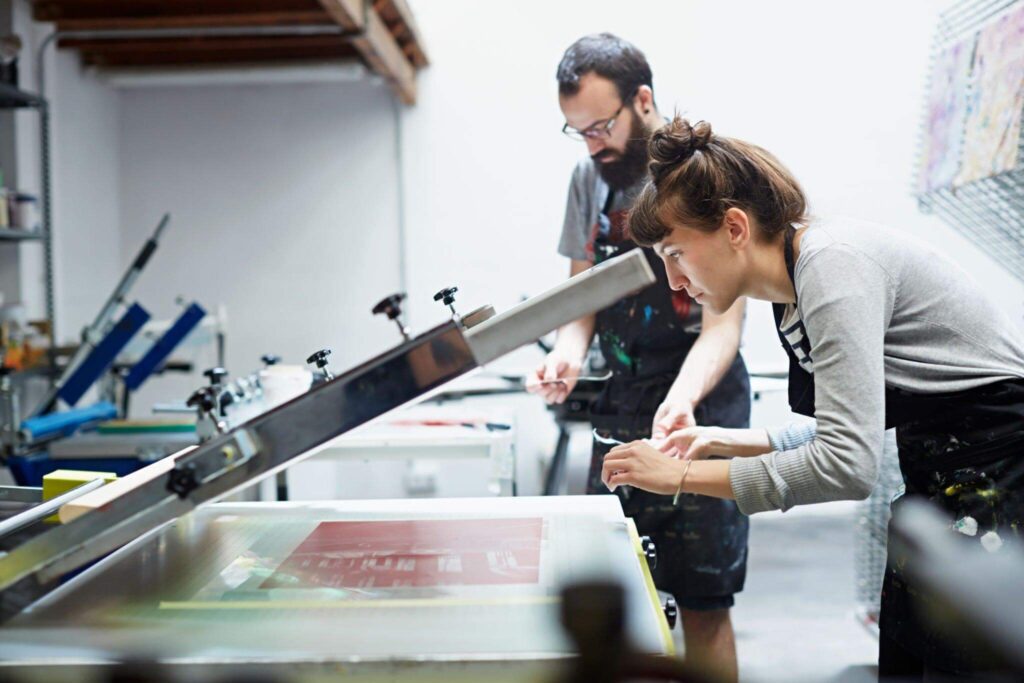

1-Designing A Layout For Sublimation Printing
Several jerseys can be produced using sublimation printing, but first, the graphics for each component of the jerseys must be created. The front, back, arms, and cuffs of each jersey will be made of separate fabric pieces before being stitched together. The graphics for each component of each garment are developed in a master layout. The transfer paper will be printed using this file.
2-Printing the design with sublimation inks onto transfer paper
A big ream of transfer paper is produced with the design using a specialist digital printer and sublimation inks. The inks are liquid inside the cartridge, but they are designed to solidify very quickly after printing.
The substrates or components that will function with the sublimation printing process are known as sublimation blanks.
3-Using A Roller In The Dye Sublimation Printing Process
The ream of the transfer paper is aligned with a bolt of polyester fabric so that the printed side is towards the fabric after the transfer paper has been printed with the design. Next, a heated roller receives the fabric and transfers the paper.
This heated roller is where the sublimation process happens. The solid sublimation ink on the transfer paper is heated to a temperature between 350 and 420 degrees Fahrenheit using a combination of pressure and heat, which causes it to evaporate and diffuse before it has a chance to melt. The polyester fabric’s pores are also opened by the extreme heat, allowing the ink vapor to penetrate deeply into the fabric.


After the heat is gone, the fabric’s pores close, trapping the ink vapors. The ink then swiftly returns to the fabric’s solid condition. As a consequence, a full-color, high-definition image has been permanently dyed into the cloth.
What Are 3 Examples Of Sublimation?
Sublimation examples include dry ice, solid iodine, and ammonium chloride. Compared to evaporation or fusion, which often involves the addition of caloric energy till reaching a variable point known as the sublimation point depending on the type of the substance, it is a considerably less frequent alteration of matter.
Which Is The Best Example Of Sublimation?
The finest example of sublimation is dry ice, which is carbon dioxide that has been frozen. When exposed to air, dry ice instantly changes from its solid state to a gaseous state that is visible as fog.


Traditional Screen Printing Versus Sublimation
The way ink is applied to a shirt differs most from sublimation vs screen printing.
Screen Printing Technique
During the screen-printing procedure, a mesh stencil is used to force ink onto the fabric. T-shirts and other clothing made of fabric are frequently used for this. Although screen printing isn’t expensive, every design and color utilized calls for a new stencil. Since it’s a stencil, graphics are often kept straightforward with little variations in color.
There isn’t much area for various, more complex designs, similar to how stencils are used for drawing. Dye sublimation printing gives designers more freedom to create vibrant, imaginative designs.


Printed fabrics
Screen printing can be done on any flat surface, whereas sublimation must be done on polyester or poly-coated objects. While this makes it possible to screen print on more materials, such as cotton, it is uncommon to do it on harder surfaces like textured tiles or mugs. This is because a flatter surface is necessary for the best outcomes to prevent image distortion.
Because of this, this type of printing is primarily used for clothes and is only permitted for patterns that use a single hue. On the other hand, sublimation looks best when more colors are utilized, and the designs can be quite intricate.
Sublimation Printing On T-Shirts
What is t-shirt sublimation? When applying dye sublimation on fabrics for items like dresses, tablecloths, custom tents, t-shirts, etc., there are several things to learn. Since it’s simple to accomplish, “all-over” patterns, in which a pattern or picture covers the entire print, are a common choice when utilizing this sublimation method. Because it creates such vivid, high-definition prints, dye sublimation is particularly efficient for printed fabrics used in outdoor signage like feather flags and 35 flags.
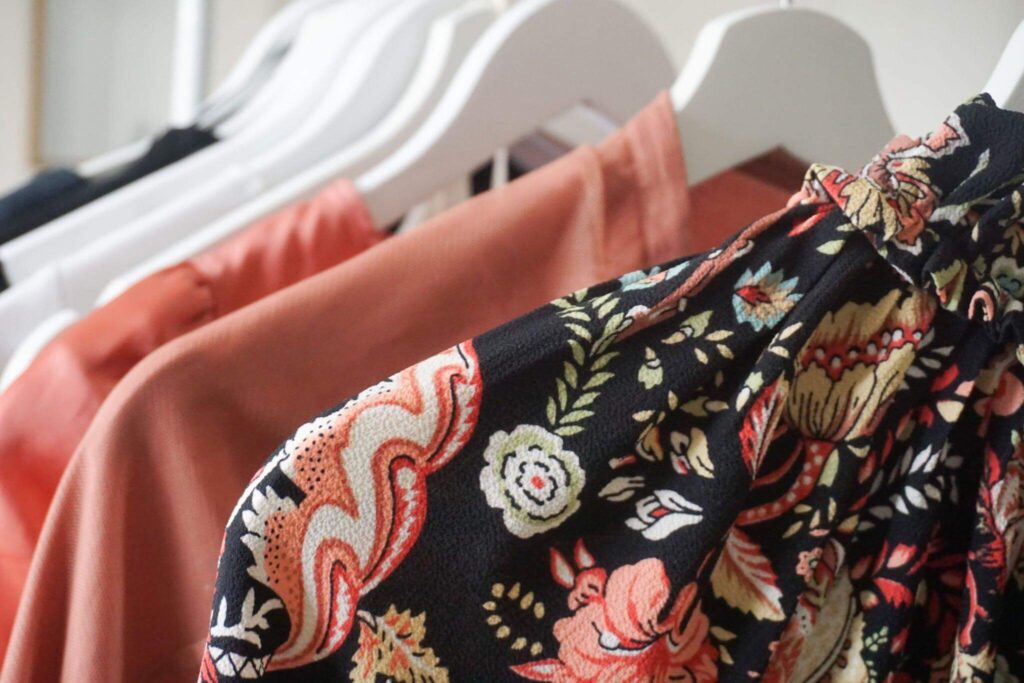

Dye sublimated feather flags are more successful at promoting the company and raising brand awareness because passersby can easily see the branding printed on them.
When printing on cloth, challenges can include the random appearance of white wrinkles on the printed fabric. This is typically caused by improperly setting the transfer paper, which results in it being folded over or getting wet. When setting up prints for sublimation, care must be taken.
Additionally, this type of printing isn’t the best option if someone wants their artwork to have a slight roughness because it’s designed to replicate the look rather than the feel. When selecting a design to be printed on a shirt, one must use their best judgment.
Unsuitable Designs For Sublimation Printing
Designs with solid colors or those requiring minute positioning accuracy might not print as effectively with sublimation. Direct-to-garment (DTG) printing may perform better with designs that include slogans. Using a DTG printer is similar to using a regular printer, but only for t-shirt design ideas. To apply the designs, the garment is run through a specific flatbed supplementary printer.
Simply because it is typically more expensive to “print all over” than it is to apply one logo front and center, sublimation may not be the best option if you simply require one logo in the center of your garment.
Knowing the limitations of the technique and selecting a design carefully are two factors in successfully using sublimation printing. You should be able to decide whether the design you have in mind would work with DTG vs sublimation printing and which is a better option after reading the pros and cons and considering the samples above.
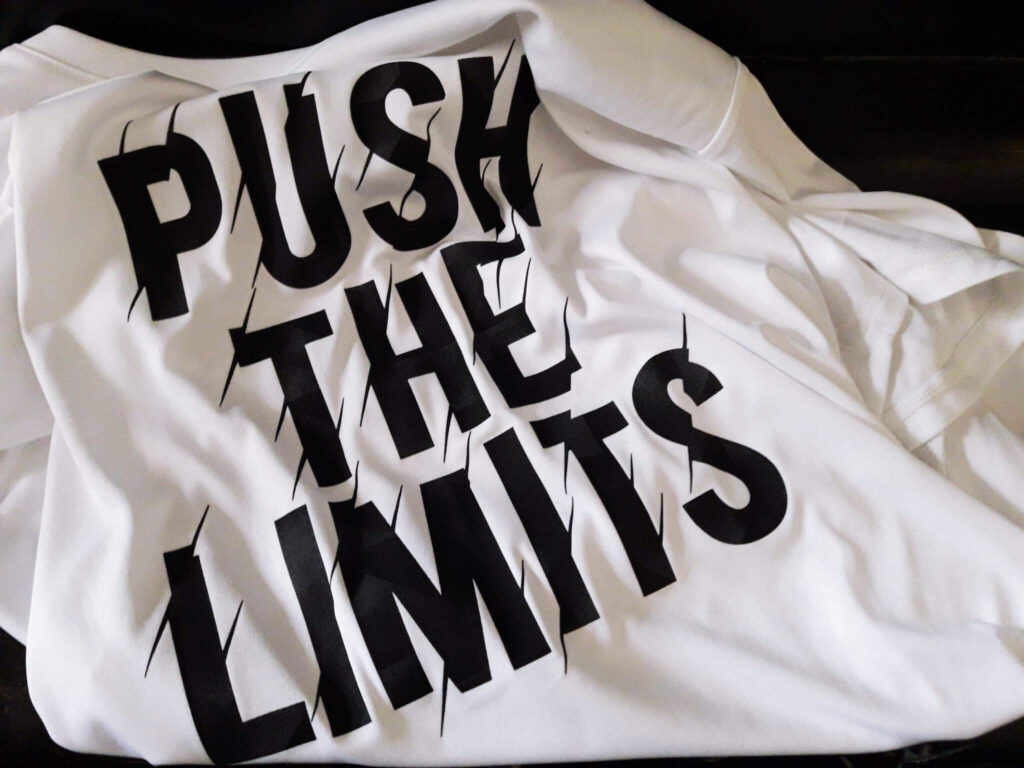

What Is The Importance Of Sublimation?
- For fabric printing using traditional screen printing, separate screens, films, and a large setup are needed. Sublimation printing, on the other hand, is simple and works with small orders. Sublimation printing is considerably less expensive than traditional printing.
- Some people could say that even though sublimation printing allows for product customization, the art still requires a separate budget. Because of the customized transfer and special printing requirements, there are art fees. However, this is the simplest method of adding unique personalization to printed goods. Sublimation printing is, on the whole, more economical than traditional printing.
- Bulk orders are effective for conventional printing. Maintaining sublimation printing equipment is affordable because the company can handle both small and large orders. This makes sublimation printing a popular option for owners of newer printing companies or t-shirt manufacturers.
- Chemical purification is one of the main uses of sublimation; it is fairly simple to separate/purify chemical components that can sublime under more lenient conditions from those that need more lenient settings, such as at various temperatures or in a vacuum.

